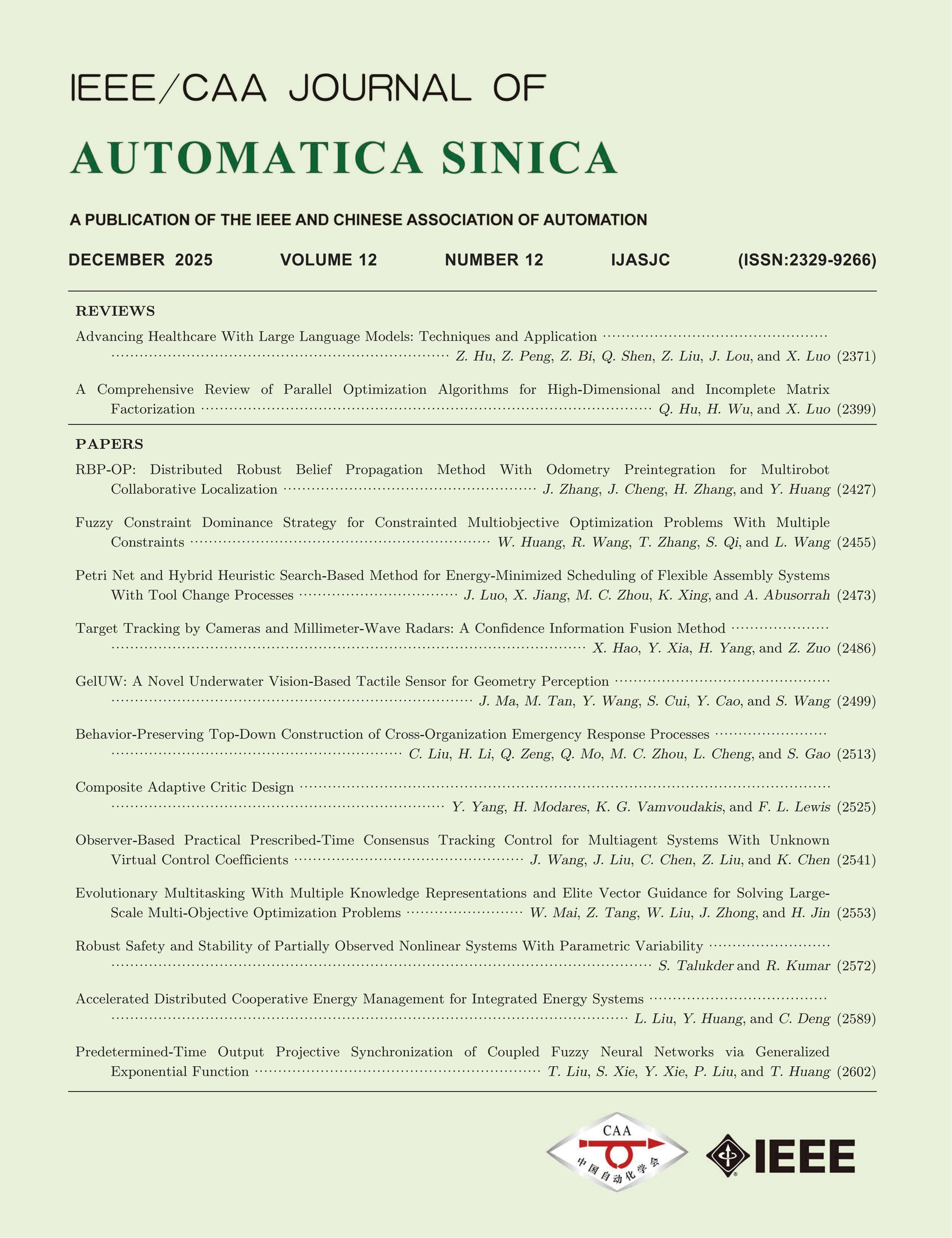Abstract:
Networked control systems are spatially distributed systems in which the communication between sensors, actuators, and controllers occurs through a shared band-limited digital communication network. Several advantages of the network architectures include reduced system wiring, plug and play devices, increased system agility, and ease of system diagnosis and maintenance. Consequently, networked control is the current trend for industrial automation and has ever-increasing applications in a wide range of areas, such as smart grids, manufacturing systems, process control, automobiles, automated highway systems, and unmanned aerial vehicles. The modelling, analysis, and control of networked control systems have received considerable attention in the last two decades. The ‘control over networks’ is one of the key research directions for networked control systems. This paper aims at presenting a survey of trends and techniques in networked control systems from the perspective of ‘control over networks’, providing a snapshot of five control issues: sampled-data control, quantization control, networked control, event-triggered control, and security control. Some challenging issues are suggested to direct the future research.
Xian-Ming Zhang, Qing-Long Han, Xiaohua Ge, Derui Ding, Lei Ding, Dong Yue and Chen Peng, "Networked Control Systems: A Survey of Trends and Techniques," IEEE/CAA J. Autom. Sinica, vol. 7, no. 1, pp. 1-17, Jan. 2020. doi: 10.1109/JAS.2019.1911651.




 E-mail Alert
E-mail Alert


